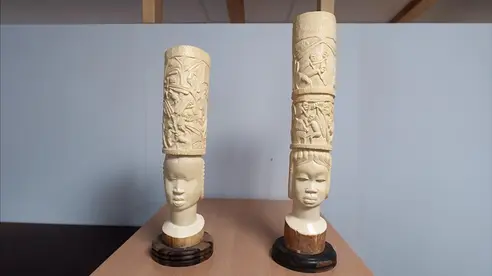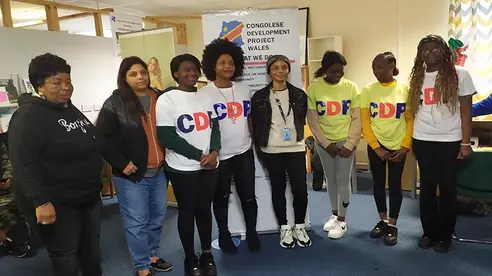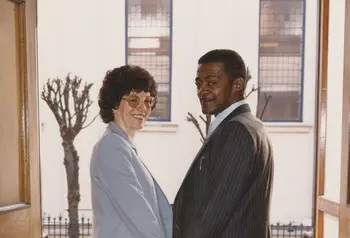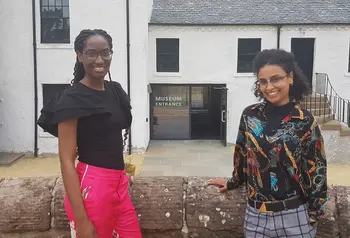Cocorico! Exploring the heritage in our homes
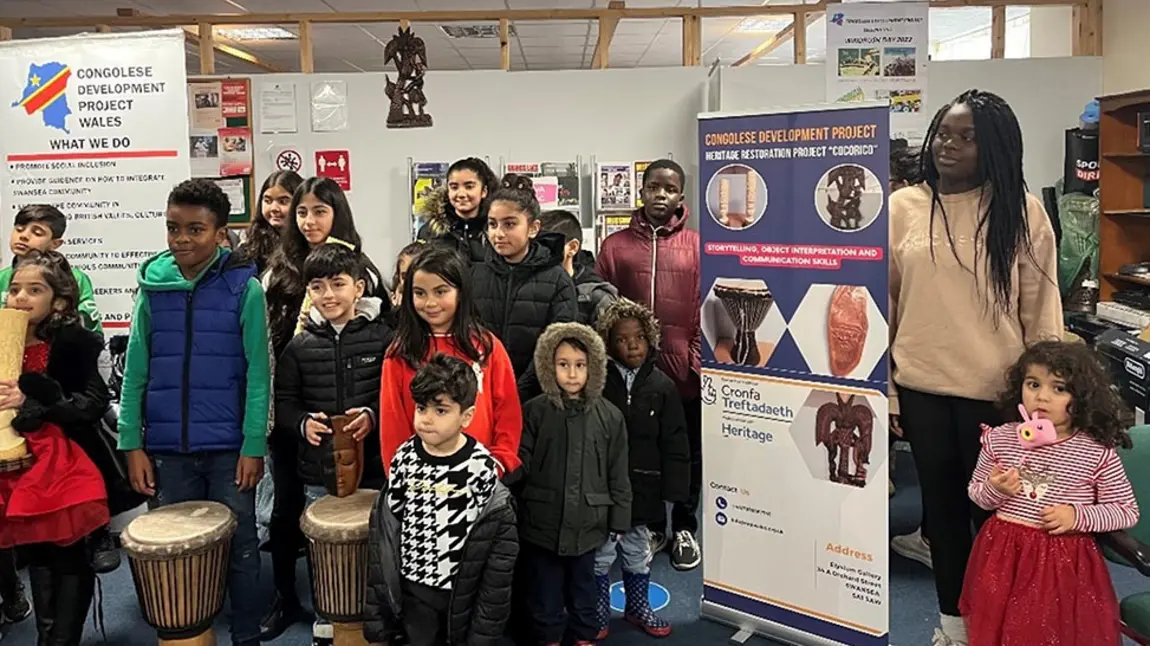
'Cocorico', the French for a rooster's crow – 'cock-a-doodle doo' – is a call to action. The Congolese Development Project (CDP) called to people in Swansea, particularly those of African heritage.
Their ambition? To inspire families and young people to share their cultural heritage through keepsakes and family stories and build connections with neighbours and across generations.
We spoke to Kokisa Busa, Chair of the CDP, about his experience of running this heritage project.
The beginnings of Cocorico!
The CDP noticed that young people they worked with were struggling to be more involved in heritage because their diverse community is underserved by traditional heritage offerings. The Cocorico! project was born when we awarded the CDP £10,000 in funding in 2021.
Kokisa says: “The idea of the project was to make people wake up, learn and share their heritage.”
Starting conversations between generations
Cocorico! ran community workshops where families could bring physical items from home and discuss their stories and significance.
This started conversations about people's heritage and sharing of experiences across generations. The workshops also encouraged people to think in new ways about their sense of belonging and identity.
They helped transform people's understanding of heritage to realise that is not just about going to a museum or an event at a special place – it's also in your family's story and the precious objects in your attic.
Building young people's skills
Cocorico! boosted young people's confidence and skills with training sessions on topics including storytelling, interpreting historic objects and communication techniques.
The project culminated in a community celebration event where the young people brought and spoke about interesting objects to a public audience.
Kokisa says: "90% of participants thought that the project has been a catalyst for community members to engage with heritage. We have been able to stimulate community members to be able to discuss their own heritage.”
Engaging local people in heritage for the first time
By thinking creatively about heritage to find a starting point that local people from the African diaspora could easily connect with, Cocorico! created opportunities for people to learn and interact with history and culture.
To encourage involvement, the CDP built a supportive environment where people could develop a shared interest in heritage and meet and talk to other people in their community.
For Kokisa, the success of Cocorico! has reinforced why heritage is important: “I have come away with the conviction that people's interest in heritage will grow, and that we can put in place a realistic plan for how we explore and celebrate different heritage.”
On what tips he would give to other community organisations interested in running a heritage project, Kokisa says: "[It’s important to] have good relationships with organisations that have heritage as part of their remit. It can help to discuss your ideas with them and how you could collaborate, and later they can provide you with a letter of support to your application.”
Inspired to apply for funding?
If you have an idea for a heritage project, check out what we fund and browse project success stories in your area.
